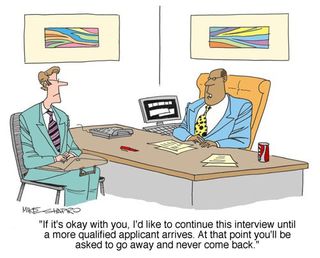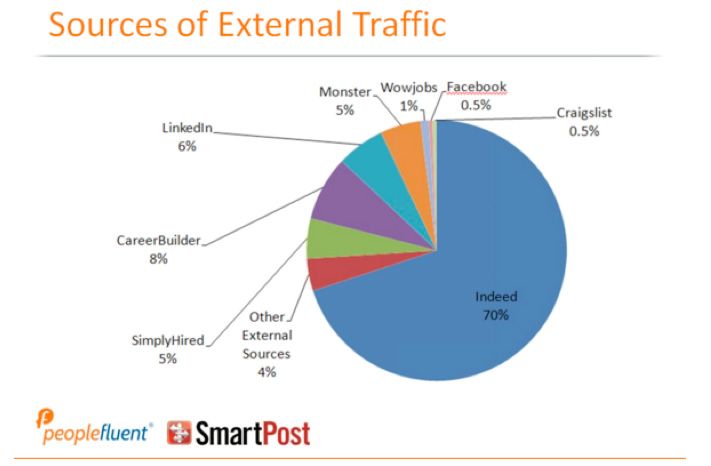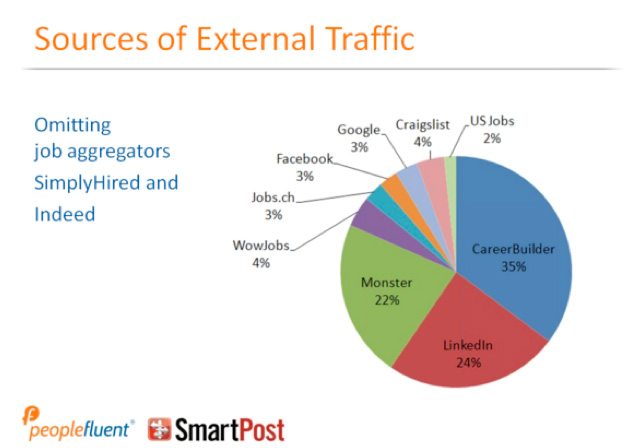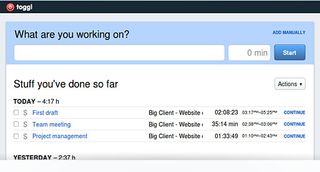In the last edition, I described the psychology of why people become resistant after initially feeling and acting excited about a proposition that requires change. Specifically, I described this very natural human reaction within the realm of recruiting.
 I won't repeat what I've described already in my last two editions (1, 2). Instead, I will focus today on what to do when you meet resistance or a sudden change in direction.
I won't repeat what I've described already in my last two editions (1, 2). Instead, I will focus today on what to do when you meet resistance or a sudden change in direction.
Let's say that an excited candidate, who has been positive about the prospect of beginning the licensing process, suddenly says: "I'm no longer interested."
What do you do?
Before I tell you what to do, allow me to describe, instead, how to think about it:
Do you believe that this candidate has no internal conflict in their head about the decision? In other words, do you really think that they are that adamant about not moving forward? The answer is NO. They DO have internal conflict. The only reason that they sound adamant about their decision to initiate an about-face, is to ward off their own internal conflict. They are, in essence, pushing the conflict outside of their head.
You see, the anxiety that comes with change is temporarily diminished when we allow ourselves to believe that something is a "bad decision." At that point, it really doesn't matter what reasons we come up with to justify our decision to remain stuck and resist change; Our objective is to not have to consider both sides of the argument.
So, what does the above scenario cause you–the recruiter, salesperson, or manager–to do?
If we don't know any better, it causes us to take up the other side of the argument, and begin to come up with numerous statements and explanations to counter their reasons. This is the fatal error. As you take on the other side of the argument, you leave the candidate free to bolster their side of the argument. Game Over! Once you've done this, you've lost all power and credibility. You are no longer viewed as someone who is simply helping facilitate the best decision, rather, you've become in the eye of the candidate, someone who is in it for your own selfish reasons.
So, what do you do instead?
You must force the candidate to take the conflict back within their own head, rather than construct this duel. How do you do this? You must simply reiterate what you have observed in their behavior and speech that represents both sides of the argument. For example:
"Two days ago, you said that you were very excited about going to licensing school, had enjoyed meeting our agents and manager, felt as if it fit you and who you are, and now you are saying it's not for you…. What happened between then and now?"
Get them talking and owning their flip-flop…not to make a point, but to drive them back to the whole dilemma, which is their anxiety around change.
If you catch yourself wanting the change more than they do, you will lose. That NEVER works. There must be a certain amount of indifference to the outcome…very warm and friendly indifference, but indifference. The more indifferent you are to the outcome, the more bold you become in your observations and questions.
So, here is a quick checklist to refer to when dealing with resistance:
- You can't want it more than they do.
- Force the conflict back into the their head.
- Patiently make comments that force them to answer the question: Where did the positive reasons disappear to?
- Exercise the power of warm, friendly, persistent, and hopeful indifference.
 Editor's Note: This article was written by Dr. David Mashburn. Dave is a Clinical and Consulting Psychologist, a Partner at Tidemark, Inc. and a regular contributor to WorkPuzzle. Comments or questions are welcome. If you're an email subscriber, reply to this WorkPuzzle email. If you read the blog directly from the web, you can click the "comments" link below.
Editor's Note: This article was written by Dr. David Mashburn. Dave is a Clinical and Consulting Psychologist, a Partner at Tidemark, Inc. and a regular contributor to WorkPuzzle. Comments or questions are welcome. If you're an email subscriber, reply to this WorkPuzzle email. If you read the blog directly from the web, you can click the "comments" link below.













